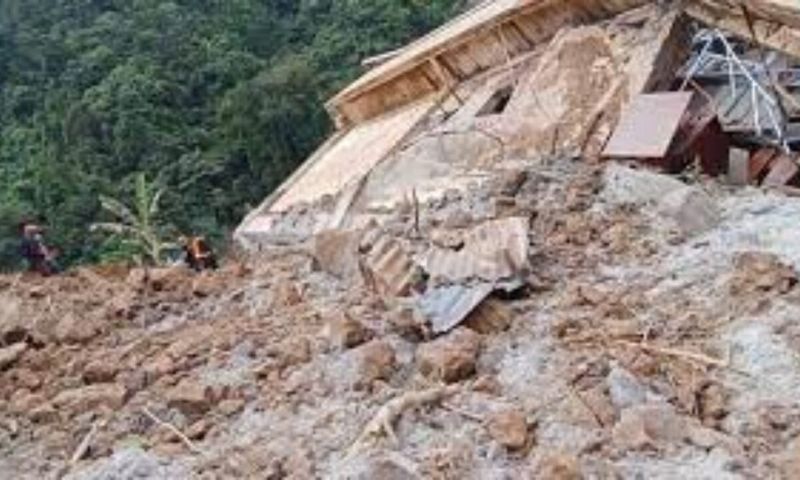MANILA, Philippines: An earthquake in the southern Philippines halted the search for dozens of people believed to be buried in a deadly landslide on Saturday, forcing rescuers to temporarily leave the area, officials said.
There were no immediate reports of injuries or damage from the 5.8-magnitude earthquake that shook Mindanao at 11:22 a.m. (0322 GMT) or from a second 5.4-magnitude tremor that followed about two hours later.
However, rescuers were ordered to stop the search in the remote gold-mining village of Masara.
A massive landslide buried a bus terminal and 55 houses near the Apex Mining Co. gold mine on Tuesday night, killing 35 people, mostly miners, and leaving 32 injured, according to an updated official count.
Hundreds of rescuers are searching for miners and residents who are believed to be buried under the rubble spread over 8.9 hectares (22 acres) on the floor of a forested mountain valley.
Rescue efforts resumed nearly three hours later after officials were confident the tremors would not cause more landslides, Edward Macapili, spokesman for the provincial disaster office in Davao de Oro province said.
Despite authorities finding seven more bodies since the first quake, rescuers decided to keep the estimated number of missing at 77, he said.
The epicenter of the stronger earthquake was in the largely rural municipality of Esperanza, about 150 kilometers (90 mi) north of the landslide site, with the other heading east.
Rescuers found a three-year-old girl alive under the rubble after almost 60 hours on Friday, but they mostly found only bodies.
“We still hope to save more people even after four days,” Davao de Oro disaster chief Randy Loy told a news conference.
Military rescuers were ready to deploy specialized equipment, their commander, Brigadier General Ronnie Babac, said at a news conference.
This included thermal scanners that can detect signs of life beneath the rubble, as well as specialized “snake cameras”, also known as borescopes, designed to peer into confined spaces.
Landslides are a frequent hazard in much of the archipelago due to mountainous terrain, heavy rainfall, and extensive deforestation due to logging, slash and burn, and illegal logging.
Rain has pounded parts of Mindanao for weeks, causing dozens of landslides and floods that have forced tens of thousands of people into emergency shelters.























